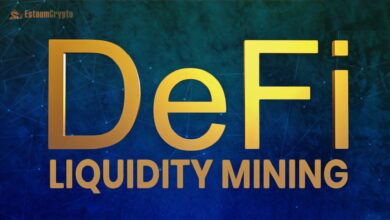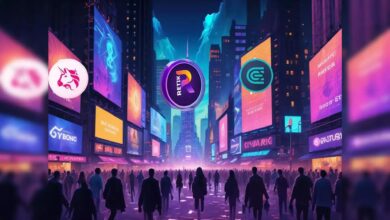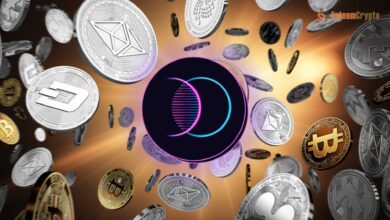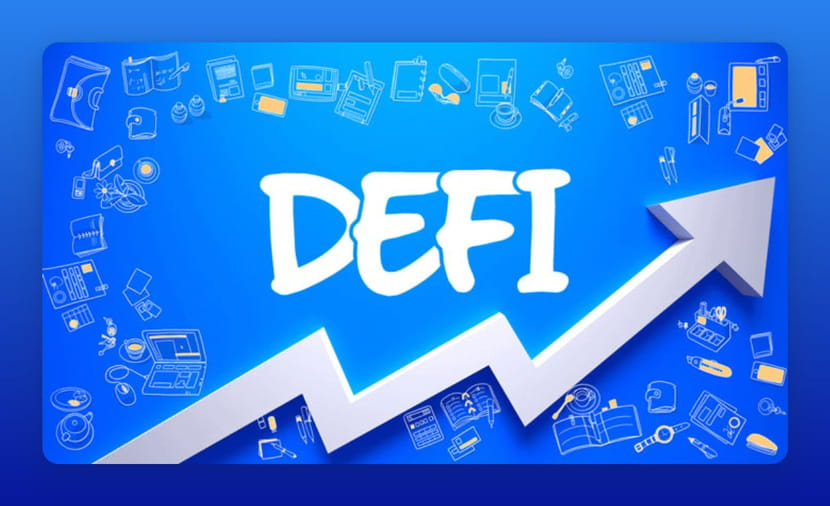Q1 2025 DApp Ecosystem AI SocialFi Rise as DeFi Struggles
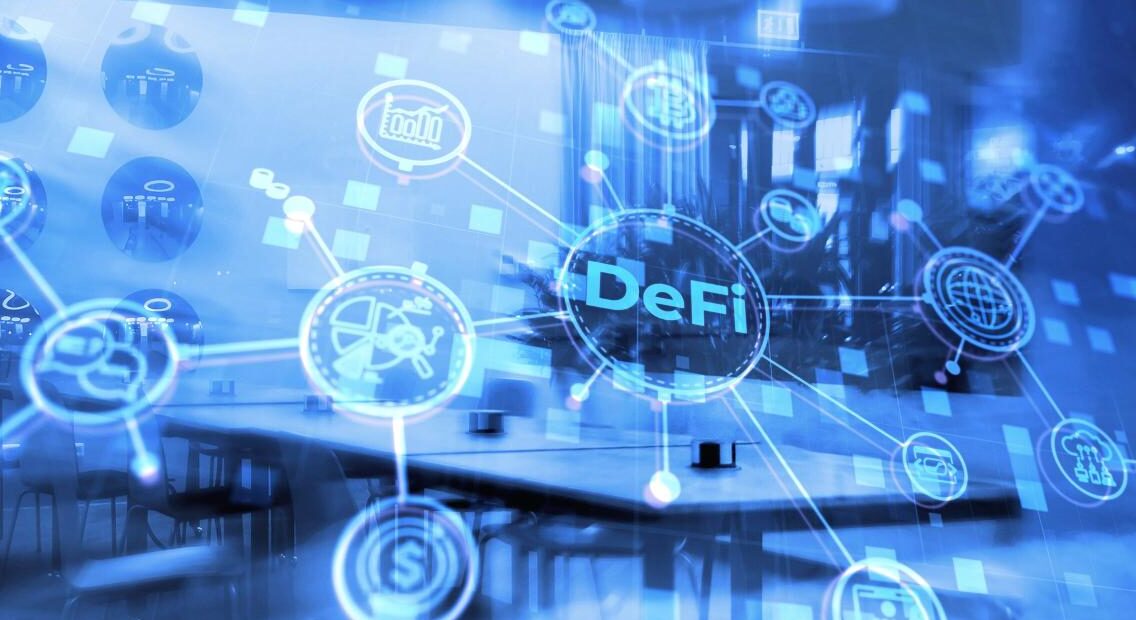
Performance of the distributed application (DApp) ecosystem showed a startling difference in the first quarter of 2025. Artificial intelligence (AI) and social apps flew to new heights while distributed finance (DeFi) applications saw a significant drop in total value locked (TVL). DappRadar’s most recent industry analysis shows that DeFi TVL fell by 27%, indicating the difficulties the DeFi sector is now having.
Conversely, the emergence of social apps driven by artificial intelligence has helped to change the scene in the distributed ecosystem since these platforms show significant increase in user involvement and transaction volume.
DeFi TVL Decline Challenges
Previously the focus of the blockchain ecosystem, DeFi apps saw a notable decline in TVL in Q1 2025. The data showed that TVL in DeFi Whale dropped by 27%, a dramatic drop from past quarters. This decrease can be ascribed in several ways, including more market volatility, tighter regulatory monitoring, and growing security concerns. Seeking safer and more steady alternatives in other areas of the distributed world, these difficulties have pushed some investors and users to reconsider their interaction with DeFi networks.
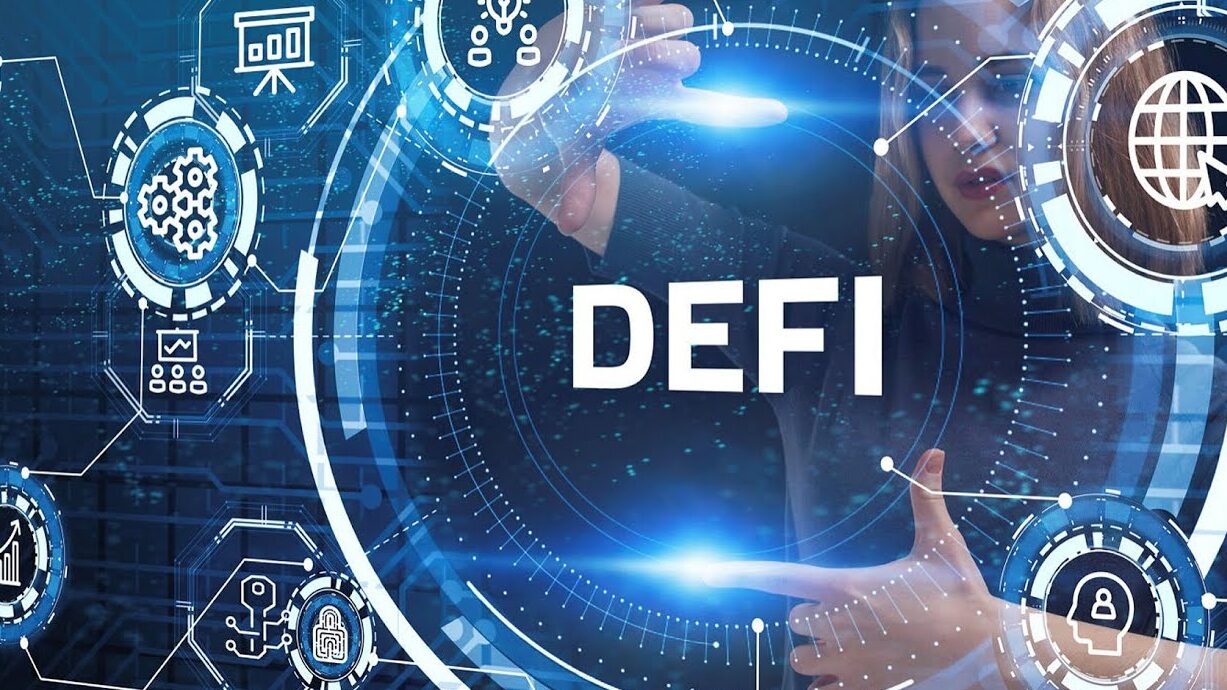
Originally highly popular for its promise of distributed lending, borrowing, and yield farming, DeFi has been progressively recognized as a sector prone to regulatory crackdowns and unethical activities. Although Ethereum currently rules the DeFi scene, the drop in TVL over the larger DeFi market points to a sector at a crossroads. Particularly in light of several well-publicized hacks and exploits that have resulted in major investor losses, several platforms have found it difficult to keep consumer confidence.
AI and SocialFi Growth
Other parts of the DApp ecosystem witnessed notable expansion as DeFi struggled. Social distributed platforms and artificial intelligence-driven apps attracted a lot of interest, therefore changing the kind of DApps attracting users’ attention.
With 2.2 million unique active wallets (UAWs) in January 2025, AI-powered decentralized apps noted a considerable rise in user activity. This now has an increasing 8.5% of the whole DApp market share. Innovations like AI-enhanced smart contracts, predictive analytics, and distributed machine learning—which give special capabilities for consumers and developers both—have driven AI’s ascent in the Web3 arena. AI technology is projected to be ever more important in the Web3 ecosystem as it develops, giving distributed systems fresh layers of capability.
Concurrent with this is a notable rise in popularity of social apps, sometimes known as SocialFi DApps. Combining social networking with distributed finance components, these platforms mark a change toward more interactive, user-centric decentralized applications. With a 6.3% market share at the end of Q1 2025, SocialFi has grown to be rather important in the DApp area. These platforms’ popularity stems from users’ increasing need for distributed alternatives to conventional social media where they have greater control over their data and may profit from financial incentives for their interactions and contributions.
DeFi Market Challenges
DeFi is one of the primary players in the DApp market even if it has obstacles. Apart from gaming, which regularly dominates the market, DeFi still holds a sizable share of the whole DApp activity. While DeFi apps still retained a 28.1% share, somewhat ahead of gaming in terms of user engagement, gaming apps accounted for 27.8% of all active wallets in January 2025. This demonstrates how important DeFi is to the larger DApp ecosystem even if it may have had difficulties.
Ethereum also keeps leading the DeFi space in TVL. But the 27% drop in DeFi’s TVL over the whole market also implies that even powerful blockchains like Ethereum are finding it tough negotiating the present market environment. Though Ethereum is still leading, a turbulent market and changing user preferences are causing pressure on the DeFi industry overall.
Rising Blockchain Ecosystems
Ethereum still dominates DeFi, but in recent months rising layer-1 Blockchain like Sui and Aptos have been popular. TVL has seen notable rise on these more recent platforms; both chains have shown a 78% rise from the prior quarter. This development emphasizes the growing interest in alternative blockchain ecosystems that provide faster transaction speeds, improved scalability, and creative ideas to some of the problems experienced by more established networks like Ethereum.

The growing interest in these developing blockchains also implies that developers and investors are looking for diversification in the distributed environment. Multiple platforms will probably coexist as the blockchain ecosystem develops, each meeting different use cases and offering special characteristics appealing to different industry sectors.
Security in DeFi
Security is a major issue even if the dispersed ecosystem is growing generally. Notable security events of the first quarter of 2025 included hacks and exploits causing losses of millions of dollars. These events draw attention to the dangers connected to distributed platforms, particularly in the DeFi industry where weaknesses in smart contracts and protocol architecture could cause catastrophic financial losses.
Dealing with security flaws will be essential as the dispersed ecosystem keeps expanding. Although security precautions are becoming more and more important to developers, users still have to be alert and educate themselves about possible hazards to safeguard their belongings.
Final thoughts
For the DApp ecology, the first quarter of 2025 has been transforming. DeFi apps saw a notable drop in TVL, while social and AI apps have become shining lights drawing consumers and investors looking for creative distributed solutions.
Developers will be especially important to adjust to these changing trends and guarantee that security stays a key concern as the market develops. The next months will probably expose more on the long-term viability of these newly developing industries as well as the continuous potential and difficulties in DeFi and the larger blockchain ecosystem.

